Dhaka, Oct 19 (V7N) — Bangladesh, a land interlaced with rivers and enriched by millennia of history, offers a remarkable fusion of culture, heritage, and natural beauty. Every festival, melody, and piece of craftsmanship tells a story of the nation’s deep-rooted traditions, reflecting an enduring harmony between people and the land. This living heritage has the potential to propel Bangladesh toward becoming one of South Asia’s most compelling cultural tourism destinations.
Bangladesh’s cultural legacy thrives through its vibrant rural life, folk art, music, religious harmony, and regional diversity. The timeless melodies of Baul songs, the mystic philosophy of Lalon Fakir, puppet dances, village fairs, and traditional journeys embody the soul of Bengal. Festivals such as Pahela Baishakh, Nabanna, Eid, Puja, and Durga Utsav continue to symbolize unity and social harmony across communities.
The nation is also home to a wealth of historical landmarks that draw both local and international visitors. Among them are the Paharpur Buddhist Monastery in Naogaon—an 8th-century architectural marvel and UNESCO World Heritage Site—Mahasthangarh in Bogura, the Shat Gombuj Mosque in Bagerhat, Ahsan Manzil and Lalbagh Fort in Dhaka, and Panam Nagar in Narayanganj. Each site preserves a unique narrative of ancient Bengal’s architectural, spiritual, and cultural evolution.
Beyond the cities, rural Bangladesh holds the heart of its heritage tourism. The pottery of Chuadanga, the Chitra River Market of Narail, Rajshahi’s silk tradition, Mymensingh’s mask festivals, and Sylhet’s stone crafts all reveal the country’s artistic diversity. Promoting “rural” and “community-based” tourism can ensure economic empowerment for local residents while preserving cultural authenticity.
Throughout the year, festivals and cultural events present a vibrant opportunity for tourism. From the Ekushey February Book Fair and the UNESCO-recognized Mangal Shobhajatra to the Nabanna festival, Lalon Festival, Rath Yatra, and the Sunamganj Haor Festival—each celebration offers a unique glimpse into the cultural heartbeat of Bangladesh. Enhanced global promotion by the tourism board and local administrations could transform these events into major international attractions.
Cultural and heritage tourism is not only a matter of pride but also a growing economic sector. Over half a million international tourists visit Bangladesh annually, many drawn by its rich history and traditions. According to the Bangladesh Tourism Board, this segment has the potential to generate over Tk 13,000 crore in annual revenue, while also creating livelihoods for local artisans, performers, guides, and hospitality workers.
However, several challenges still stand in the way—insufficient preservation of historical sites, underdeveloped infrastructure, limited global promotion, and low community-level awareness. A collaborative approach involving the government, local authorities, and the private sector is essential. Expanding digital promotion under the “Cultural Heritage of Bangladesh” brand, training skilled heritage guides, and establishing a conservation fund could dramatically strengthen the industry.
Bangladesh’s culture and heritage are not relics of the past but the foundation of its future. By showcasing this living history to the world through sustainable tourism, the country can redefine itself as a cultural beacon in South Asia. “Our history, our identity”—this vision can illuminate the path toward a vibrant and prosperous era for Bangladesh’s cultural and heritage tourism.
END/SR/SMA/



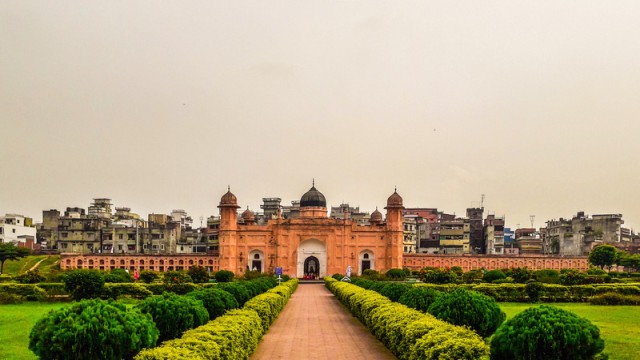
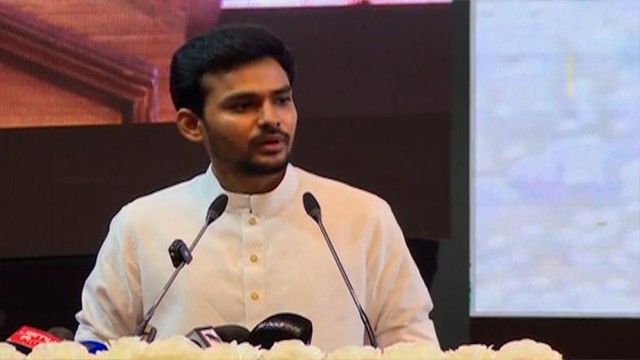
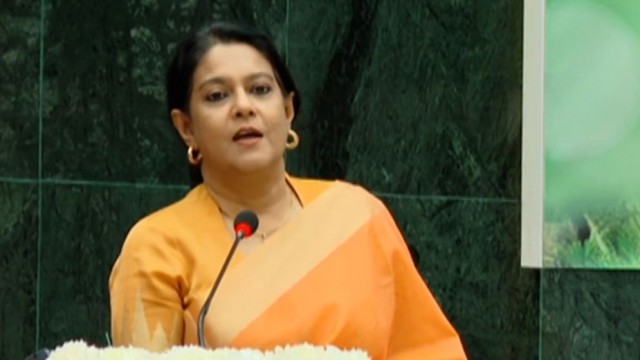
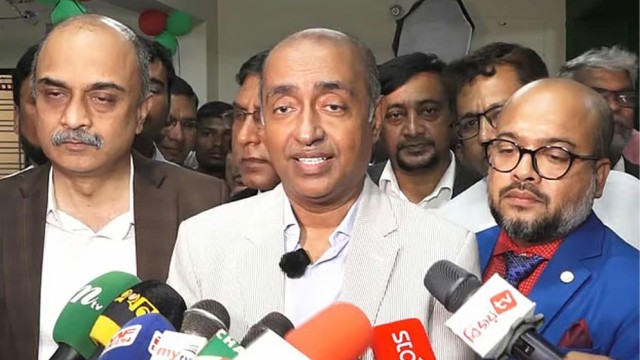

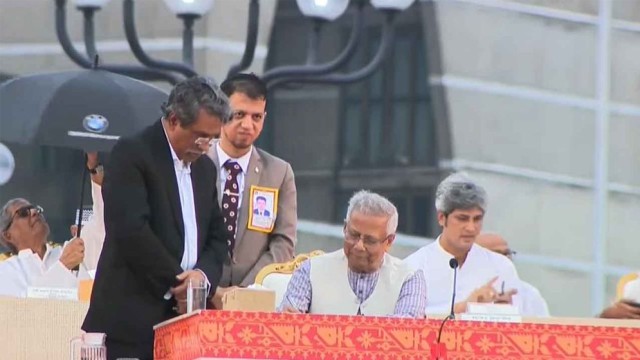
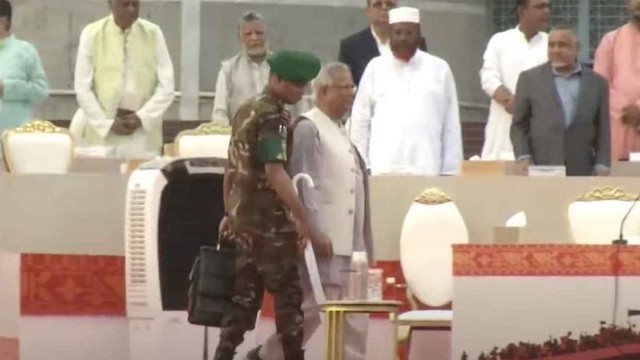
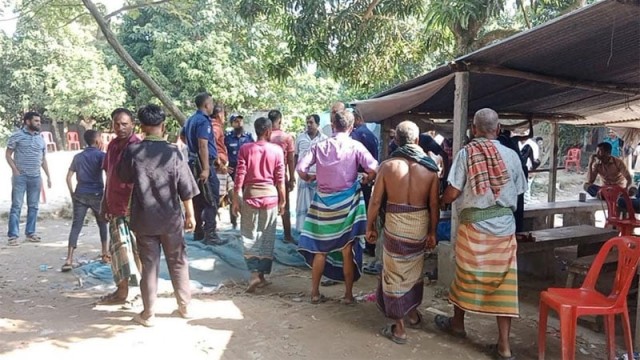
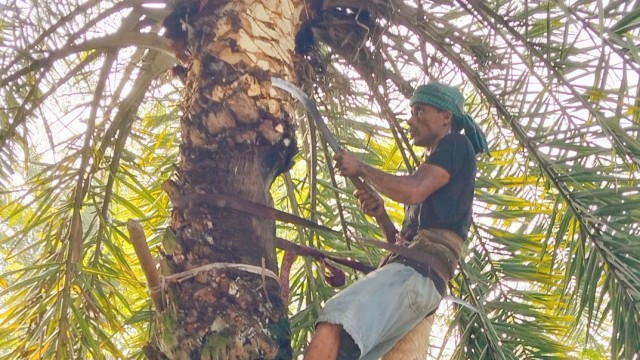

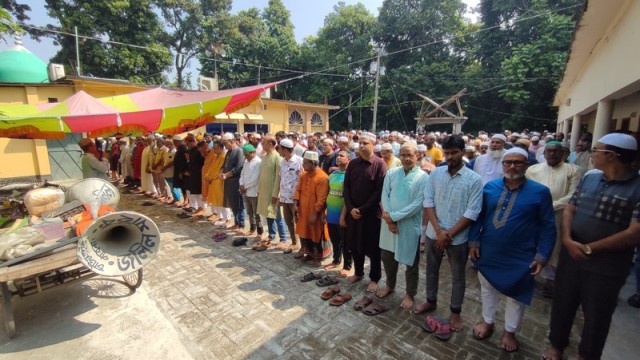

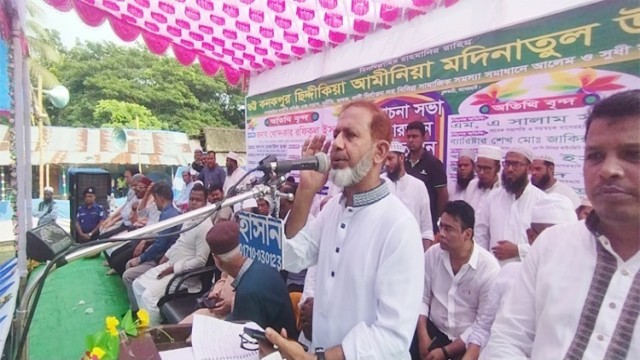
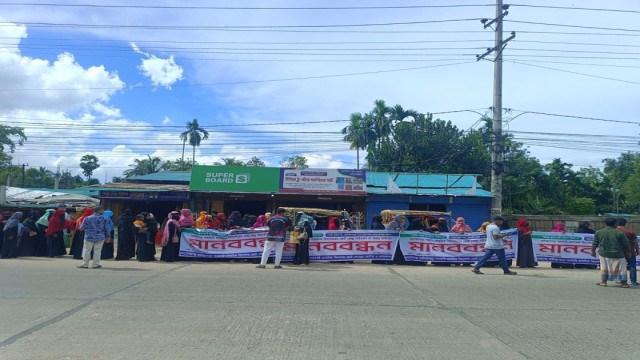
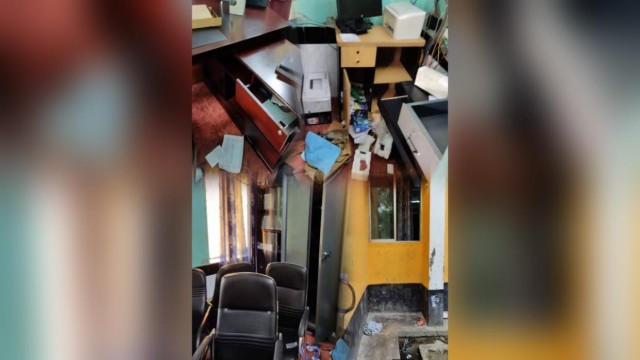


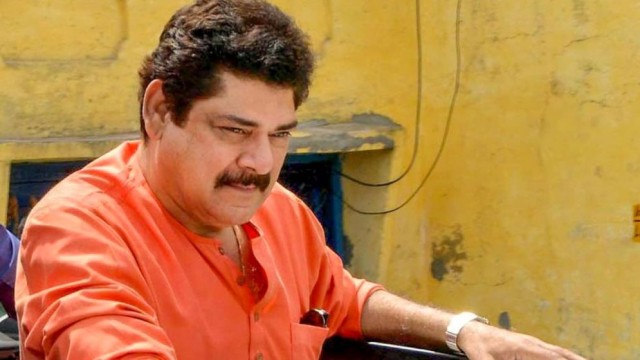
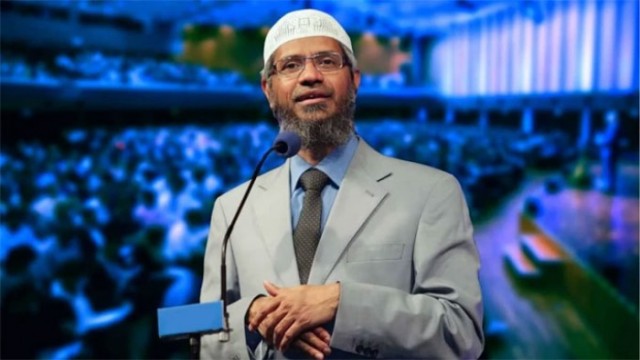
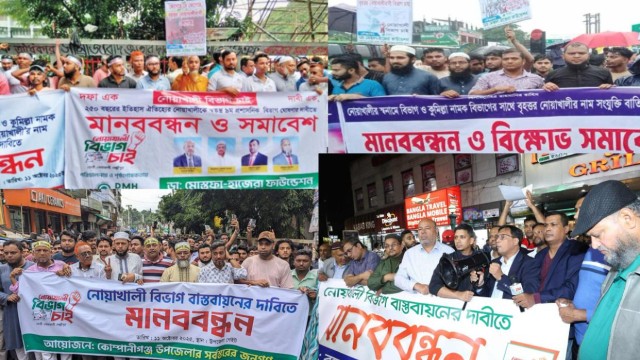
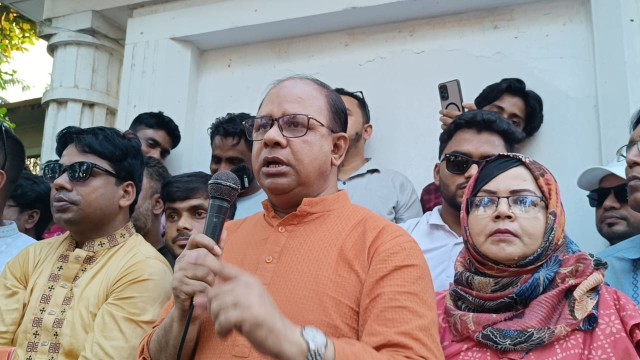
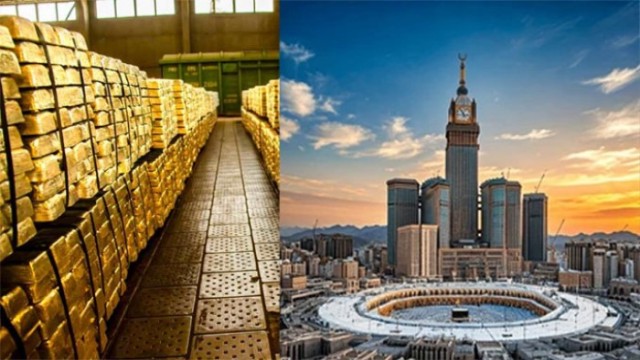

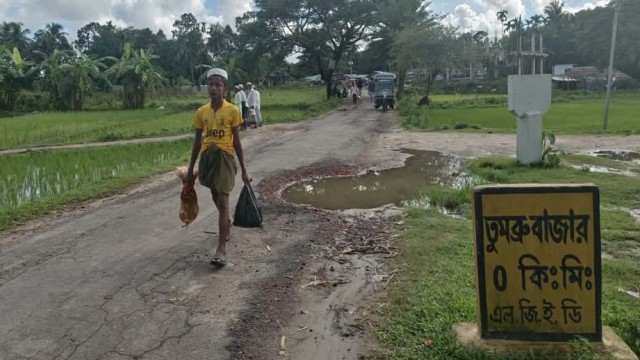
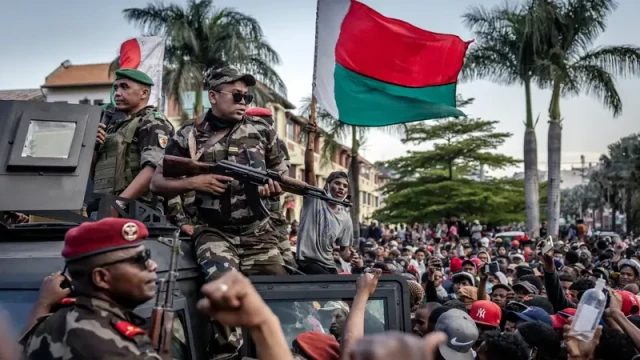

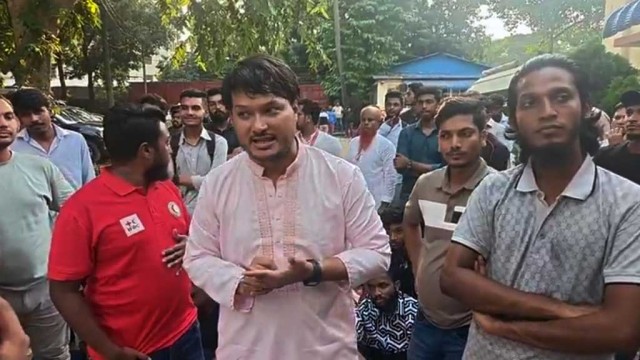
Comment: